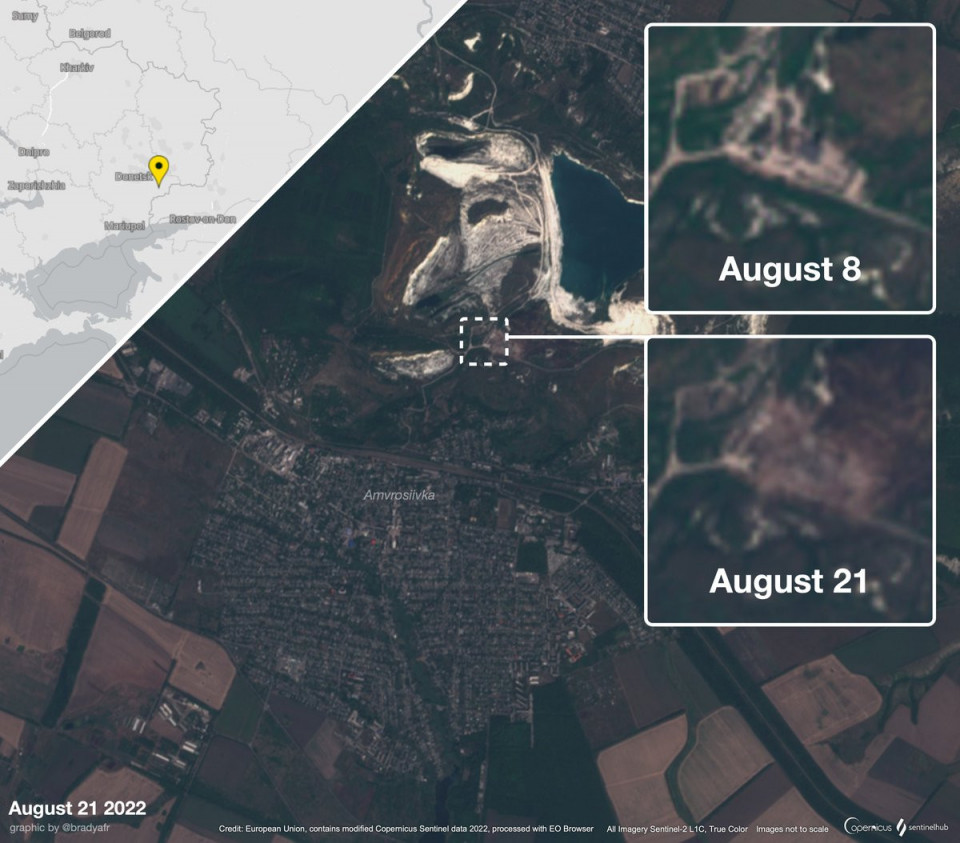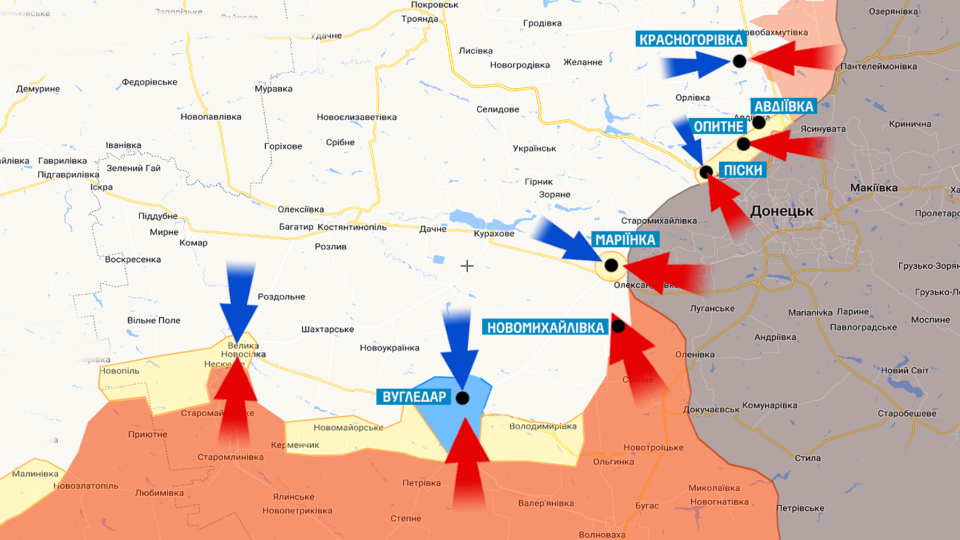
Ukrainian Armed Forces beat Russians on all fronts: offensive loses momentum, logistics falter - Serhiy Zgurets
Scaling up actions to effectively destroy Russian military arsenals in the Donetsk region will help stabilize the frontline and reduce tensions.
Ukrainian Armed Forces actively strike Russian rear and logistics
Today, August 23, our long-range weapons demonstrated their sniper capabilities when striking bridges in Nova Kakhovka, the Antoniv Bridge, and the bases and arsenals of the occupiers in Donetsk. Explosions in occupied Sevastopol were also reported.
On the morning of August 22, an ammunition depot exploded in Russian-occupied Sevastopol. There are many videos on the network of detonating stockpiles - the footage shows that the ignition is quite large.
The Armed Forces of Ukraine destroyed another ammunition depot near the city of Amvrosiivka, in Donetsk region - 60 km from the front line. The occupiers tried to disguise the ammunition in a quarry of building materials, but this did not save the cotton - the warehouse was completely destroyed.

The destruction of warehouses in Donetsk is very important, because Donetsk is a key communication hub. The occupiers understand that they cannot advance while our artillery strikes Russian warehouses, command posts and arsenals.
The occupiers are trying to advance on Pisky, Avdiivka, and Maryinka in order to move our troops from the defense line. The Russians are trying to achieve these goals thanks to artillery, because logistical routes allow you to feed the artillery. The Armed Forces of Ukraine are purposely destroying ammunition in the Donetsk area in order to minimize the advance of the occupiers.
Russian offensive in East and South is stifling
The American Institute for the Study of War says that Russian offensive operations in eastern Ukraine have likely exhausted the limited momentum they gained in late July and are likely reaching a climax. The Russian military has demonstrated a persistent inability to convert small tactical gains into operational successes, a shortcoming that will likely prevent Russia from making significant territorial gains in the coming months unless major changes occur on the battlefield.
Pavlo Lakiychuk, head of security programs at the Center for Global Studies "Strategy XXI", believes that the Russian offensive in the East is stalling, but the occupiers are strengthening directly from the territory of the Russian Federation.

"The tactical offensive of the Russians in the East is stifling and has no tendency to expand. But the occupiers are withdrawing equipment, personnel and ammunition directly from the territory of the Russian Federation. The strikes of the Armed Forces of Ukraine in the rear of the enemy are aimed at leveling the offensive forces of the Russians," Lakiychuk noted.
The military expert added that in the South, the Armed Forces are intensively leveling the offensive potential of the Russian invaders.
"Despite the attempts of counterattacks by the Russian occupiers in the South, the Armed Forces conduct an operation to localize the areas of future hostilities and destroy the enemy's supplies and support. This is similar to how the Armed Forces operate in the East, but the depth and frequency of such operations is greater," he noted.

Non-standard decisions of the Armed Forces regarding new weapons
Defense Express editor-in-chief Oleg Katkov said that Ukrainian specialists managed to integrate Western weapons into the Soviet MiG-29.
"In the Russian-Ukrainian war, we are quite actively writing history. The Armed Forces of Ukraine were the first to destroy a missile cruiser, and for the first time with anti-tank missiles, they destroyed a helicopter in flight. And now we have managed to integrate Western weapons into the MiG-29 fighter in a serial model. Our fighters can use modern American high-speed anti-radar AGM-88 HARM missiles," Katkov noted.
The military expert added that our specialists managed to combine an analog Soviet aircraft and a modern American missile.
"The biggest difficulty was that the aircraft and its weapons are complex. The peculiarity of the AGM-88 HARM is that the radio technical reconnaissance station, which is installed on the aircraft, captures the target, the data is transmitted to the missile and the launch occurs. Repeating such a scheme meant a complete redesign of the aircraft, because the Soviet MiG-29 is completely analog. Instead, our experts found a way out. Probably, no changes were made to the on-board radio-electronic equipment of the aircraft. Most likely, target data is embedded in the missile or on the ground, or the missile's algorithms choose the best target. That is, the plane must deliver the missile to the launch point, and then the AGM-88 HARM will do everything itself," Oleg Katkov noted.
- News














































